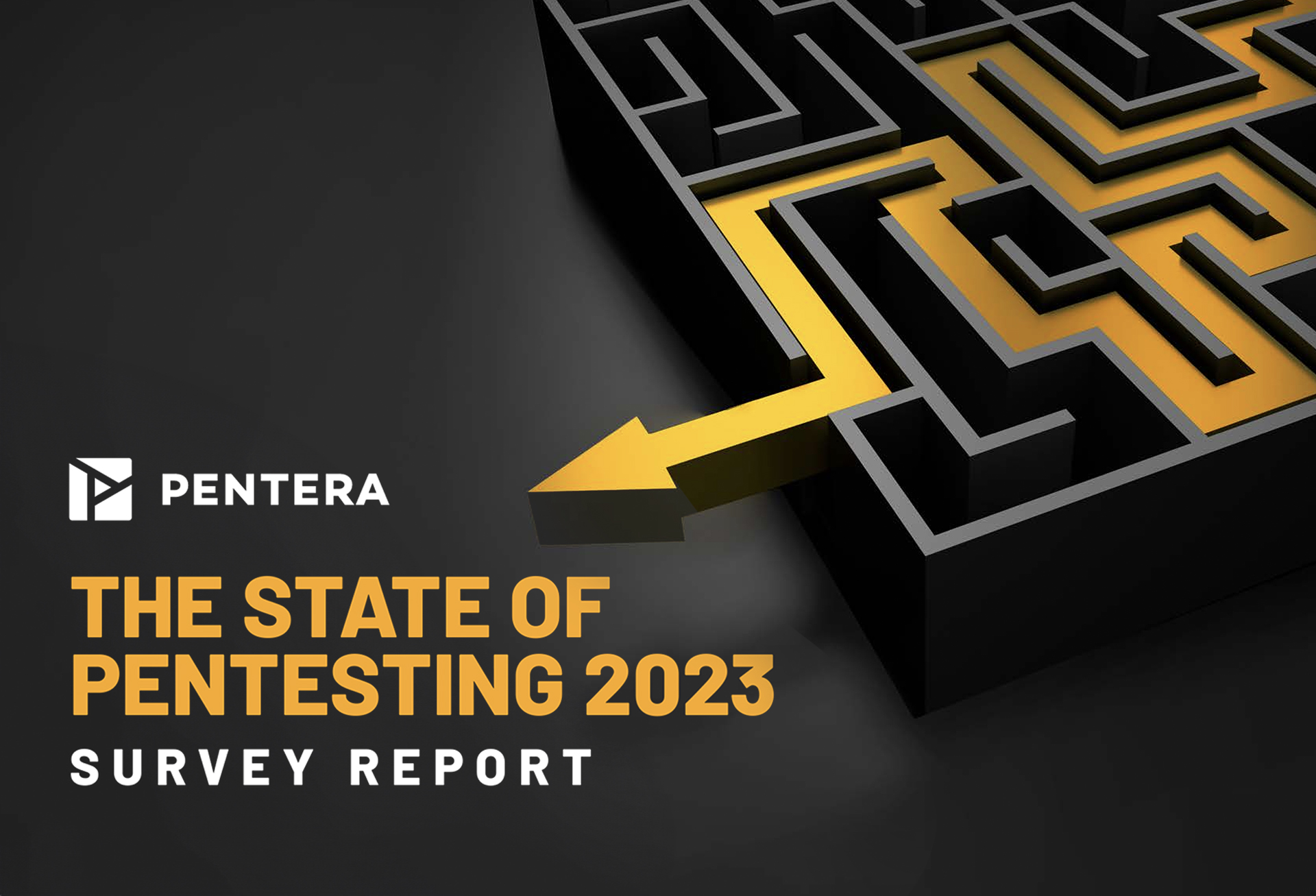I’ve seen too many good findings die in bad presentations.
I’ve watched technical teams do heroic work, only to have their insights lost in translation. I’ve also been that person, walking into a board meeting armed with risk data and walking out with silence.
What I’ve learned is this: if they didn’t understand it, it didn’t matter. And that’s on me.
This piece isn’t about better tooling or deeper scanning. It’s about getting through – how to communicate cyber risk in business terms. So the people who need to act, actually do.
If you’ve ever walked out of an executive meeting knowing you were right – but still felt unheard – this article is for you.
We’re on the Same Side. So Why Does It Feel Like a Mismatch?
In the movie Arrival, the turning point isn’t the arrival of the aliens, it’s the moment the linguist explains that even a simple word like “weapon” could be mistranslated as “tool.” That nuance shifts the entire course of diplomacy. The lesson for executive communication is the same: before you can align or influence, you need to speak the same language. And one misused term can derail the whole conversation.
Cybersecurity isn’t quite that dramatic – but the parallels are real. Security teams talk about vulnerabilities, misconfigurations, and exposure. Business leaders talk about operations, revenue, and regulatory fallout.
Both are right – but they’re different languages. The result? Risk becomes a spreadsheet and action stalls. Everyone starts firefighting instead of fixing.
While we’re both pulling in the same direction, we’re doing it with different rulebooks. And that’s not a technical problem, but a communication one.
Seeing the Big Picture, Keeping the Peace
There will always be questions when vulnerabilities and malware are in the headlines, “are we affected?” or “could we be hit?” Taking time to translate these questions back into business lingo vs. saying “we’re not affected” will do wonders to build trust between business and technical teams. Establishing a foundation that demonstrates you understand their concerns shows them that you’re equipped to phrase issues in terms they appreciate. Once this communication style becomes the norm, they will see you as a strategic partner that can recognize the forest, not just the tree.
So What Bridges the Gap?
Here’s a formula I’ve come back to again and again:
Business-aligned risk = Technical exposure + Exploitable attack path + Business impact
This isn’t just a formula – it’s a way to present findings in business terms, whether the incident is a phishing infiltration, a critical CVSS score or a breach scenario.
Technical Exposure
Start by turning technical findings into realistic attacker behavior.
Instead of: “Port 445 is exposed,”
Say: “An attacker can use this to move from a test server into finance systems.”
Exploitable Attack Path
Connect that behavior to the sensitive asset at stake.
Instead of: “We got a CVSS 9.8”
Say: “This creates a pathway to access client data”
Business Impact
Explain what it means if the sensitive data were to be exploited.
Instead of “our data would be exposed”
Say: “Exposure to our client data would trigger breach notifications and put us at compliance risk which would raise our insurance premiums.”
A Framework That Works
You’re not just presenting data – you’re telling a story your audience can act on. When you conclude your story, end with a comment that seeks to trigger action.
“An attacker could move from a compromised contractor account to sensitive customer data in three steps. Unless we segment this and restrict access, that path remains open.”
Make the next steps clear – and make them doable. For example –
“We can mitigate this with three actions: isolate the system, disable legacy protocols, and add a lateral movement control. Those changes will also reduce ransomware exposure across multiple critical assets.”
The goal isn’t to sound technical. It’s to make your stakeholders feel informed – and confident in your ability to take action.
Final Thought
Cybersecurity communication isn’t just about being technically right. It’s about being understood.
If we focus more on clarity over technical accuracy, we create alignment. And when there’s alignment, there’s progress.
To learn more about how to report to communicate effectively to your board, see the tips provided in Pentera’s playbook for communicating cyber risk.







